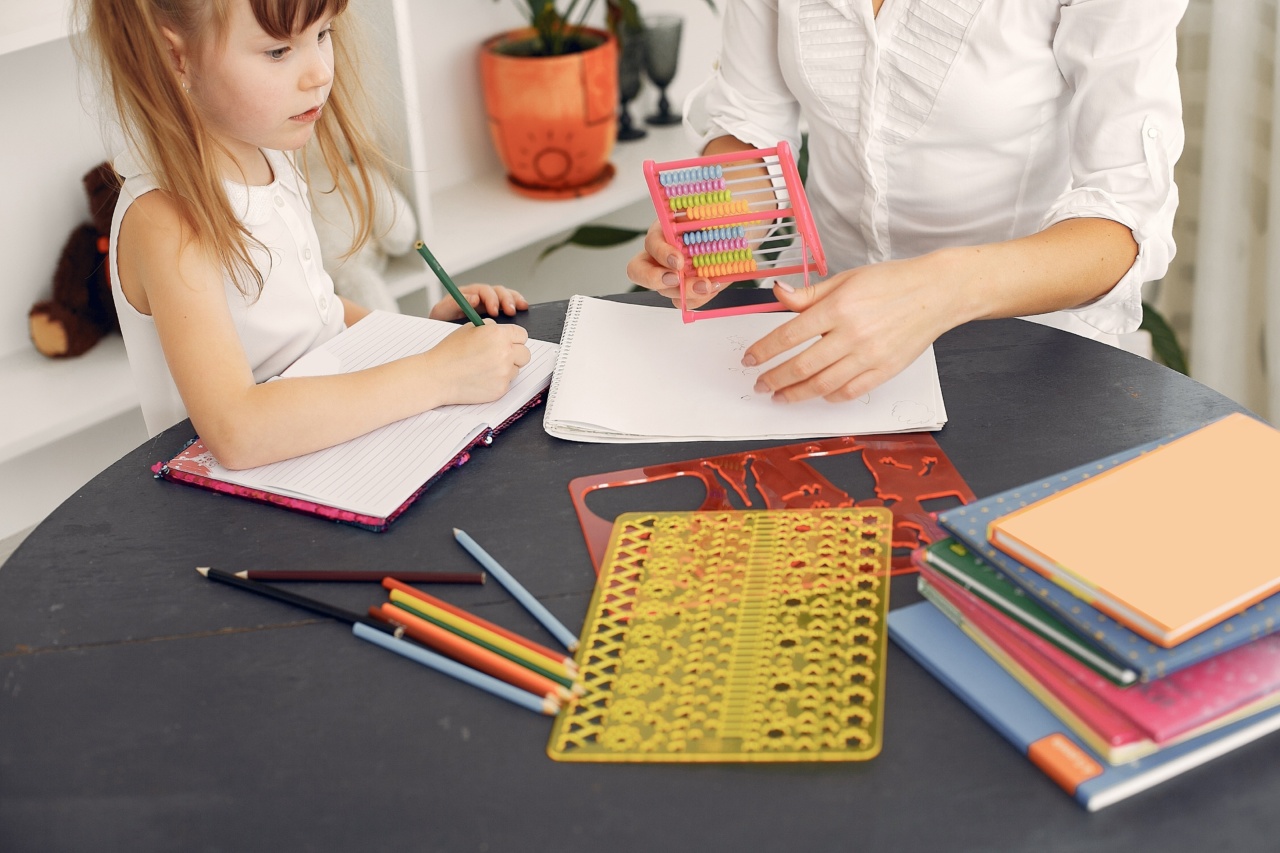Mental resilience refers to the ability to handle and overcome adversities and challenges. Developing mental resilience in the classroom is crucial since students face various challenges, including social, academic, and emotional pressures.
Having mental resilience will equip students with the ability to cope effectively with these challenges and thrive both academically and socially. Here are ten ways to develop mental resilience in the classroom:.
1. Building a Growth Mindset
A growth mindset is a belief system that encourages the idea that abilities and talents can be developed with effort and hard work.
By adopting this belief, students can develop the resilience needed to face and overcome academic and personal challenges. Encouraging a growth mindset in the classroom requires instilling the beliefs that mistakes are opportunities for learning and that effort and hard work lead to improvement and success.
2. Encouraging Perseverance
Perseverance is integral to mental resilience. Encouraging students to keep pushing, even when faced with challenges, is vital to developing their resilience.
Teachers can foster this by celebrating small successes and offering support and encouragement when students experience setbacks or failures.
3. Practicing Self-Care
Teaching students to take care of their emotional and physical health is fundamental to building mental resilience.
Encouraging healthy habits, such as getting enough sleep, eating well, and taking time to relax, helps students to cope better with stressors that may arise.
4. Developing Coping Mechanisms
Teaching students stress-coping mechanisms such as breathing exercises, mindfulness techniques, and physical activities, can help students to manage their emotions better and handle stress in a healthy way.
5. Promoting a Sense of Community
Creating a sense of community in the classroom can help students to feel supported and build their resilience.
Encouraging collaboration, fostering positive relationships, and providing extracurricular activities can help students to connect with their peers and develop deeper bonds.
6. Emphasizing the Importance of Failure
Emphasizing the importance of failure and recognizing it as a fundamental part of growth can help students to overcome challenges and develop mental resilience.
By teaching students how to bounce back from failure, they can build a sense of resilience that will translate to the real world.
7. Providing Support
Providing support to students is critical to their mental wellbeing.
Teachers can offer support by providing additional guidance to those who need it, offering mentoring or tutoring opportunities, and encouraging students to seek out additional support when needed.
8. Teaching Self-Reflection
Teaching self-reflection skills can help students to develop a sense of self-awareness and better manage their emotions, leading to an increased sense of resilience.
Teachers can encourage self-reflection by offering classroom activities that promote introspection.
9. Encouraging Positive Thinking
Encouraging positive thinking patterns is an essential part of building mental resilience. Teachers can model the behavior by offering positive and constructive feedback, and emphasizing individual strengths and talents.
10. Recognizing and Celebrating Accomplishments
Recognizing and celebrating students’ accomplishments is crucial to building their resilience. Celebrating individual and collective successes can boost student self-esteem and encourage them to keep working hard.






























